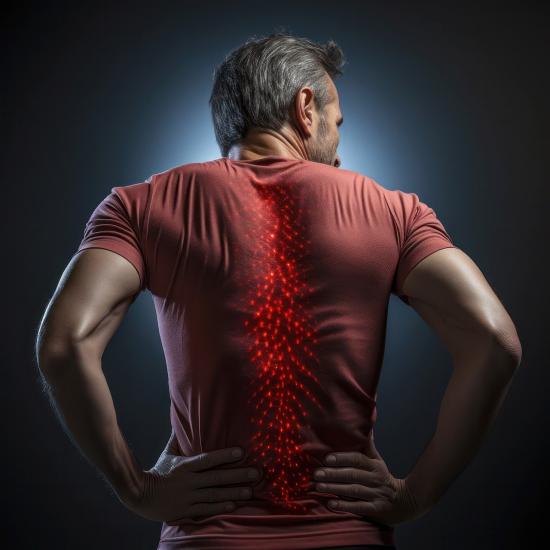Pre-Screening for Spine Red Flags in the Emergency Room: A Radiologist’s Assistant
VertebrAI: Deep Learning-Based Detection of "Red Flag" Indicators in Lumbar Spine MRI Images
Problem & Motivation
Lower back pain presents a significant healthcare challenge, with millions of emergency room visits annually. While many cases can be managed with standard treatments, a subset of patients exhibits "red flag" symptoms indicating potentially serious underlying conditions. However, overcrowded emergency departments often result in delays in diagnosis and treatment, increasing the risk of overlooking critical conditions. There's a pressing need for a solution that can aid in the timely identification of these "red flag" indicators, allowing for prompt intervention and improved patient outcomes.
Data Source & Data Science Approach
The project utilizes a dataset of lumbar spine MRI images collected from the internet, such as RadImageNet, comprising images from patients presenting with both typical lower back pain and those with confirmed serious underlying conditions. The dataset is annotated with "red flag" indicators by a team member who is an expert radiologist, providing ground truth labels for training the deep learning algorithm.
The data science approach involves the development and implementation of a deep learning algorithm, specifically a convolutional neural network (CNN), trained on the annotated dataset. The CNN architecture is optimized for feature extraction from MRI images, enabling the detection of subtle abnormalities indicative of serious underlying conditions. Transfer learning techniques may also be employed to leverage pre-trained models and enhance the algorithm's performance.
Evaluation
The performance of the deep learning algorithm is evaluated using various metrics, including sensitivity, specificity, accuracy, and F1 score. The algorithm is validated on a separate test set comprising unseen MRI images to assess its generalization ability. Additionally, clinical validation is conducted by comparing the algorithm's predictions with radiologist interpretations on a subset of cases. The goal is to demonstrate the algorithm's effectiveness in accurately detecting "red flag" indicators and its potential to assist radiologists in clinical decision-making.
Key Learnings & Impact
Through the development and implementation of the deep learning algorithm, this project aims to significantly reduce the time to diagnosis for patients presenting with lower back pain and "red flag" symptoms. By providing timely alerts to radiologists, the algorithm facilitates prompt identification of serious underlying conditions, enabling expedited intervention and potentially saving lives. Moreover, the integration of the algorithm into clinical workflows streamlines the diagnostic process, alleviating the burden on overcrowded emergency departments and improving overall healthcare efficiency.
Key learnings from this project include insights into the effectiveness of deep learning techniques for medical image analysis and the importance of collaboration between data scientists and healthcare professionals in addressing critical healthcare challenges. Furthermore, the project highlights the potential of AI-powered tools to augment clinical decision-making and enhance patient care in complex medical scenarios.
Acknowledgements
The success of this project is made possible by the collaboration and support of every team member and the broader class. We extend our gratitude to RadImageNet who provided access to the data. Additionally, we acknowledge the contributions of our data science team involved in developing and implementing the deep learning algorithm. This project is dedicated to all patients suffering from lower back pain, with the hope of improving their diagnostic journey and ultimately enhancing their quality of life.










